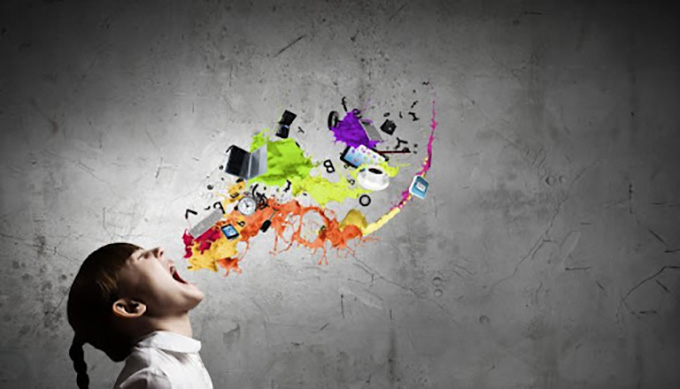
Let’s imagine that we hear the alert on our mobile phone: we have received a message. When we open it, we read:
“Hey, bro, I’m telling my mother that I’m going out like I’m going to the street calmly, that yesterday I was going three-phase even though that place was crazy as it is, but some were cringe.”
Probably, if we are not between 12 and 25 years old, it will seem almost unintelligible to us and we will think that they have chosen the wrong recipient. Phrases like this can lead those of us who belong to other generations to miss a dictionary or an interpreter to make sure we understand all the nuances and not feel out of the loop.
Young people and adolescents are especially adept at creating a particular jargon, partly because it is a stage of life in which belonging to the group is a priority .
But the fact that at this stage of life (adolescence and early youth) there is especially innovation in language does not mean that one cannot learn to navigate the different communicative situations of life through the linguistic norms and uses common to all. speakers of all ages. Not only can it, but it is essential for the development of thinking, judgment and learning in general.
The RAE alarm
The Spanish Royal Academy has recently published The Teaching of Language and Literature in Spain, with special attention to the use, knowledge and learning of Spanish, in which various ESO and Baccalaureate teachers from several autonomous communities have collaborated. This is a qualitative report in which the teachers consulted, as experts, have contributed their particular perceptions.
In it, it warns of the concurrence of several worrying factors in Spain:
- The deficiencies in young people in terms of reading comprehension (the data can be well confirmed by the latest PISA report).
- Low expressive fluency referred to poor vocabulary (also in co-official languages).
- The relegation of classical languages in the curriculum.
- The little interest of young people in literature.
- The significance of didactic renewal in classrooms and its impact among teachers.
- The impact of technology, multiculturalism and diversity in classrooms and their necessary management.
In addition to advocating for a non-partisan educational plan and an educational state pact, the RAE analysis calls for the urgent improvement of the learning of Spanish as a first language among young people.
One of the ways for improvement is, according to the RAE, the “necessary clarification and delimitation between competence and content” in learning, so that competences are understood as the result of knowledge, not as its replacement. It also advocates specifying the application of the curricular proposals in the classroom, promoting the training and updating of teachers in a balanced way.
The report highlights the importance of the work of teachers not only as a guide, but as possessors of knowledge and didactic skills to promote objective feedback for their students.
What teachers can do
Many of us in the teaching community have been able to observe this diagnosis that the RAE makes, in one way or another, and we often reflect on it. It makes some very sensible solution proposals, although it does not go into details of how they can be carried out.
Initiatives to take into account to improve the teaching and learning of the language would be:
- Work in coordination between the different educational stages from childhood to university studies, given that each educational stage cannot be conceived as a watertight compartment.
- The treatment of technology at the service of humanity and its inclusion for a better (not easier) classroom and learning, always under adult supervision.
Young and not so young
But perhaps the most important thing we can do is ask young people, those interested, what happens to them with words, what interest they have in them and what they think about these everyday elements for people, which undoubtedly transcend the classroom. grammar.
What happens, on the other hand, with the knowledge and use of language by adults? Who, how and where analyzes it, and what would a similar diagnosis tell us?
Language plays a fundamental role in our brain. As Miguel de Unamuno said:
“Language is not the envelope of thought, but thought itself.”
Critical thinking is required in our society, in our young people, so that their authenticity, self-esteem and value are evident. For this, it is essential to promote the learning, use and taste for words in all their facets. It is what drives one’s thinking and arguments.
Language is a tool that strengthens thought: we can always improve its knowledge and use, not only when we are children or young people.
Author Bio: Manuela Catalá Pérez is a Doctor in Hispanic Philology, professor of Spanish Language, Faculty of Communication and CC.SS at the Universidad San Jorge
